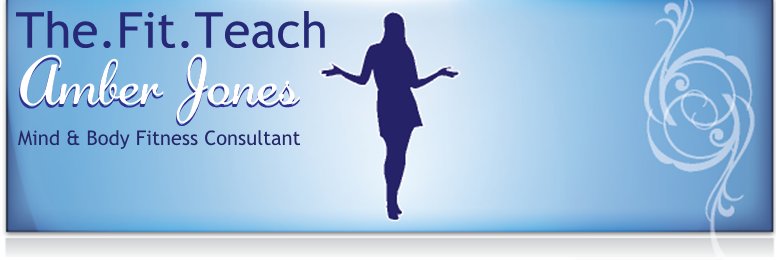Exercising Your Hormones Into Balance by Dr. Natasha Turner ND
 Believe it or not, you can get results in as little as 30 minutes done 2-3 times a week. Here are the principles behind Hormone Optimization Training, designed by Dr. Turner to help you maximize the hormonal and fat-burning benefits of your workout while minimizing the time requirements:
Believe it or not, you can get results in as little as 30 minutes done 2-3 times a week. Here are the principles behind Hormone Optimization Training, designed by Dr. Turner to help you maximize the hormonal and fat-burning benefits of your workout while minimizing the time requirements:- Keep it short and sweet. All workouts are 30 minutes (maximum 40 minutes).
- Give every workout your all. High intensity and maximal effort—to the point where you just can’t squeeze out one more rep—is a must for effective fat-burning and hormonal benefits. When you’re pushing yourself hard in the gym (or wherever you exercise), just remember your workout is short and it will all be over soon!
- Complete your exercises with little rest between each circuit. Circuit training keeps your heart rate high throughout your workout. When you use this method, you basically get your cardio workout and resistance training all in one shorter session. Circuit training is also the best type of workout for improving insulin response, boosting testosterone and stimulating growth hormone. So you spend less time exercising but you reap even more benefits.
- Work multiple muscle groups with each strength training session (but each muscle group is trained only once or twice a week). This approach is designed to increase growth hormone and stimulate more muscle groups at once. It also lets you complete more work in less time and ensures your muscles get the proper recuperation time they need between sessions.
- Keep cardio sessions short and use intervals. Remember, intervals are a series of shorter periods of intense exercise separated by periods of brief rest or lighter activity. This method of training offers the most fat-burning potential and the greatest health benefits. It increases the intensity of your training too, which once again means greater benefits with less time spent exercising! Even cardiac patients can use interval training to improve their fitness.
- Use yoga for its hormone-enhancing effects. Besides challenging and stretching your muscles, yoga can lower blood cortisol levels, reduce adrenalin and stimulate brain-calming GABA.
- Consume the right stuff before and after your workouts for hormonal effects. Always consume a blend of protein and carbohydrate about an hour before and within 45 minutes after your resistance-training sessions. Limit fat in your post-workout meal. This combination is proven to stimulate more growth hormone release and encourage muscle gains. You can do cardio on an empty stomach (though you don’t have to), but eat your snack of protein and carbs (again, no fat) within 45 minutes of finishing your session. Drink only water during your workouts, no sports drinks allowed!

Original source:
http://www.clearmedicine.com/exercise-a-strength/35-exercising-your-hormones-into-balance



















